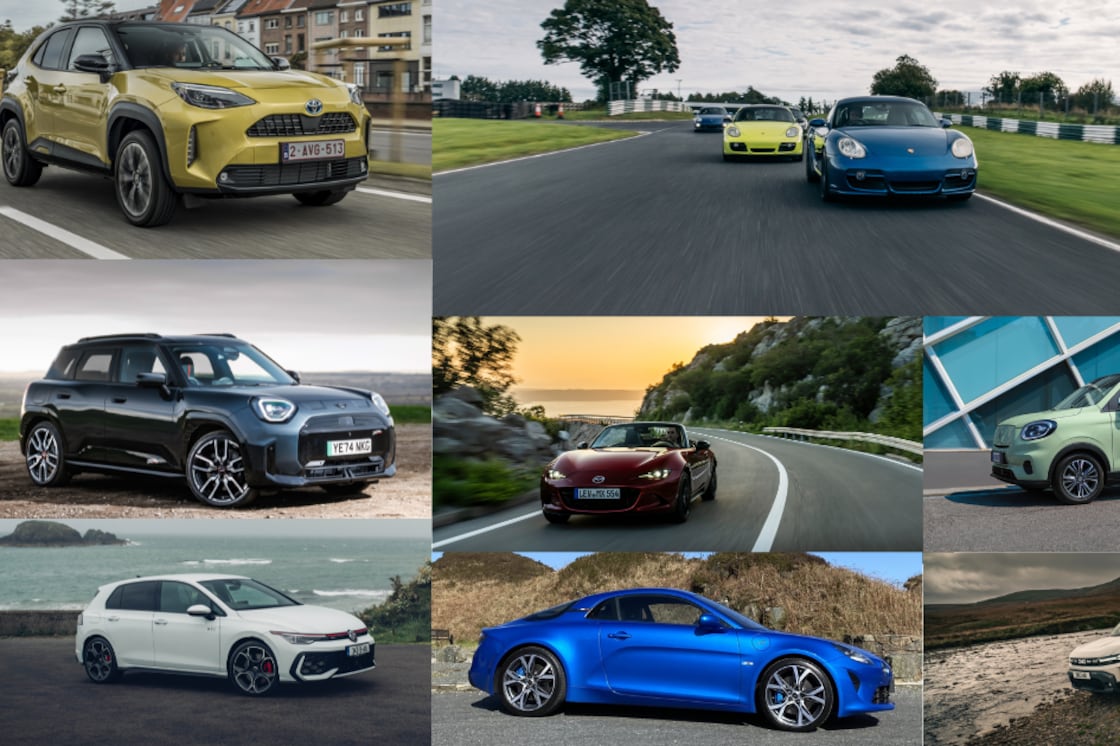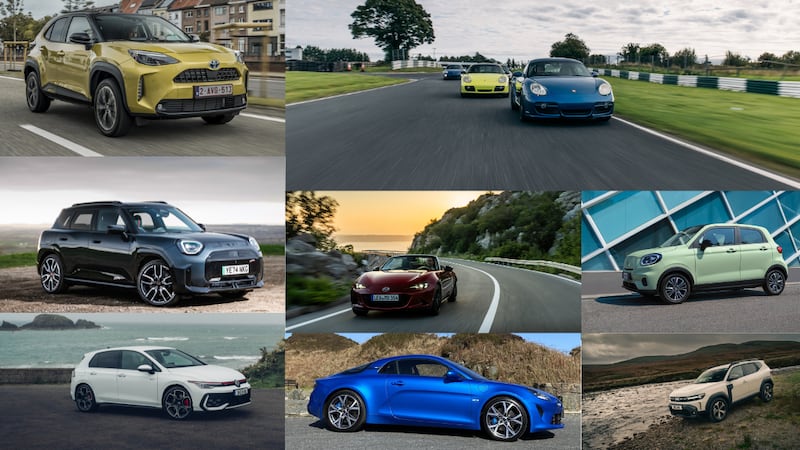Robin Oram asks: Is there any evidence of safety problems arising from EVs’ faster acceleration or lower outside noise levels?
The answer to the second part of this question comes, perhaps a little surprisingly, from the London School of Hygiene & Tropical Medicine (LSHTM). The school recently carried out a study of road safety data from the UK between 2013 and 2017 and found that electric and hybrid cars were twice as likely, in some circumstances, to strike a pedestrian than a petrol or diesel car. Needless to say, the most likely place for such a collision to occur is in an urban setting.
Phil Edwards, Professor of Epidemiology and Statistics at LSHTM and lead author of the paper, said: “Given the damaging impacts of air pollution from petrol and diesel cars, overall electric cars are almost certainly better for our health, but our research shows that more needs to be done to reduce the risk they pose to pedestrians, particularly in noisy urban environments.
The paper references previous “concerted government-sponsored efforts to improve road safety” and states that “similar public information campaigns, or new technologies such as autonomous emergency braking, are needed to improve pedestrian safety around electric cars”.
RM Block
Now, that study does need to be taken in context, not least because it only runs with data up to 2017 – the very year that the EU Commission introduced new rules stipulating that electric cars and vans have to emit a forward-facing sound (usually a distinct hum) to warn pedestrians at speeds of below 18km/h.
Above that speed, the forward-facing sound level of an EV more or less normalises with that of a petrol or diesel car, as tyre and wind noise start to drown out engine sounds anyway. The hybrid and electric vehicles that would have formed part of the LSHTM’s study would not necessarily have had such a noise generator fitted.
When it comes to autonomous emergency braking – which can detect a pedestrian in front of you and slam on the brakes – it was only in 2022 that such technology was mandated as standard equipment, although it had been appearing on some models well before that date. Only a tiny handful of the cars in the 2013-2017 study would have been fitted with it, but it’s standard on everything now – although not all systems specifically incorporate pedestrian detection.
On the question of faster acceleration, it’s not quite always the case that an EV is faster to sprint to 100km/h than an equivalent petrol, hybrid or diesel-engined car, but yes, over the first few metres most EVs will pick up speed at least slightly quicker thanks to the way electric motors deliver their torque – the lowdown “grunt” that you feel as a car accelerates hard from low speed.
Insurance company Axa has raised some concerns in this regard. The company reckons that the instant torque response of EVs is leading to drivers having to deal with “unwanted, jerky acceleration, which the driver can no longer control”. There does seem to be some actuarial data to back this one up, as a look at the accident statistics of Axa Switzerland shows that drivers of electric cars cause 50 per cent more collisions with damage to their own vehicle than those of conventional combustion engines.
There are also concerns over the extra weight of an electric car – Axa conducted a test whereby it rammed an electric Volkswagen e-Golf into a regular combustion-engined version, noting that: “The electric Golf has exactly the same dimensions, but is much heavier with an additional 400kg, which is due to the battery and the higher stiffness of the electric car. The 1,250kg combustion Golf is exposed to a significantly higher load in this crash and therefore suffers visibly greater sheet metal damage than its electrical counterpart. In the event of a crash, the weight difference between the vehicles involved is decisive.” Axa did note that the passenger safety cells of both Golfs remained intact, but warned that older vehicles being hit by a runaway EV might not fare so well, not least that the company reckons the average weight of a new vehicle will have topped the two-tonne mark in a few years’ time.



















